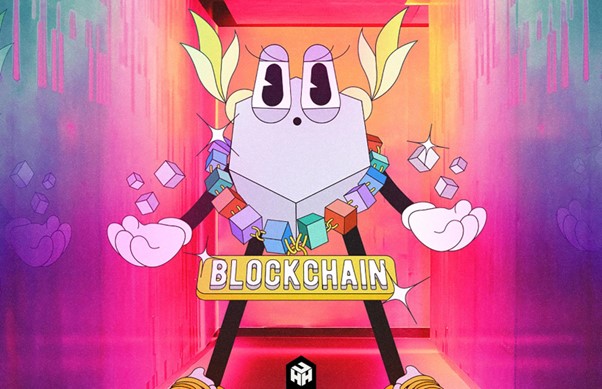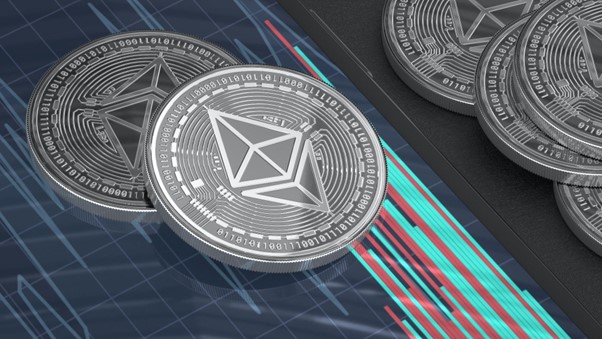
The Ethereum Goeril Testnet went live today, in the blockchains groundbreaking move to shift their network to the Proof-of-Stake validation system.
This shift, which will culminate in The Merge later this year, will see the Ethereum (ETH) network leave the Proof-of-Work system it was initially founded on, stating its reasons for doing so to be due to the new system’s improved scalability, transaction times, and energy usage.
But why all this effort to shift to Proof-of-Stake? And why are new projects like HUH Token (HUH) so frequently turning to it?
The Ethereum (ETH) Goeril Testnet, Explained
As Ethereum (ETH) works toward The Merge, the network has rolled out several trial networks to be certain that The Merge will be successful. The Goeril Testnet is the third and final test network Ethereum (ETH) will be launching before The Merge and has been successful in making the switch over to Proof-of-Stake.
Why Is Ethereum (ETH) Switching To Proof-of-Stake?
There are many benefits to Ethereum (ETH) switching to Proof-of-Stake.
This system, which requires users to have a stake in a token to become a validator for the blockchain, significantly reduces the number of machines necessary to add blocks of data to the ledger. This means that transactions can be validated quicker as fewer machines fight to validate the data and that they are more cost-effective, as they take less time to process.
For Ethereum (ETH), this is especially important, as under the Proof-of-Work system the network is beginning to buckle under its own weight. This has resulted in long transaction times and expensive gas fees, which overall reduces the user experience.
Bitcoin (BTC) is facing a similar issue, however, due to being built on older technology does not have the opportunity to make the shift. It, therefore, makes a lot of sense why Ethereum (ETH) is making this switch, and why The Merge and current Goeril Testnet are such big news.
Proof-of-Stake, according to many, is the future of crypto validation. And Ethereum (ETH) is proving this.
HUH Token (HUH) Proves The Potential of Proof-of-Stake
For all the reasons previously mentioned, it is no surprise that many new projects entering the market are opting to use the Proof-of-Stake system over Proof-of-Work.
One such project is HUH Token (HUH), and with its recent success and building token holder base, is a great example of a project utilising the Proof-of-Stake system to its advantage.
The token, which is the native token of the HUH network, acts as the primary currency with which the network can be engaged with. The network has a unique wallet, plans to introduce its own NFT marketplace, and also plays host to the HUH Exchange, which uses HUH as the primarily paired token.

The Proof-of-Stake system has provided HUH Token (HUH) with a fantastic early selling point, as this validation system offers transactions that are not only affordable but extremely fast and energy efficient. These attributes encourage an active, fast-paced economy, where users do not have to fear the exorbitant cost of transaction fees or that their transactions will shift in value due to their processing times.
The use of Proof-of-Stake is only one selling point of HUH Token (HUH) and its surrounding network, as the token provides many more reasons to get involved.
For those willing to get involved with the project early, there is a good chance of making a financial return. With many influencer marketing campaigns set for the future, including a media roadblock utilising 50,000 social media influencers, the HUH Token (HUH) network is expected to grow exponentially.
Therefore, for those looking for an exciting new Proof-of-Stake project to get involved with, consider trying out HUH Token (HUH).
Want to know more about HUH Token? Check out this article.
Or, follow one of the following links:
Presale:https://presale.huh.social/
Website: https://www.huh.social/
Telegram: https://t.me/HuHToken
Twitter: https://twitter.com/HuhToken
Disclaimer: This is a paid release. The statements, views and opinions expressed in this column are solely those of the content provider and do not necessarily represent those of Bitcoinist. Bitcoinist does not guarantee the accuracy or timeliness of information available in such content. Do your research and invest at your own risk.


















